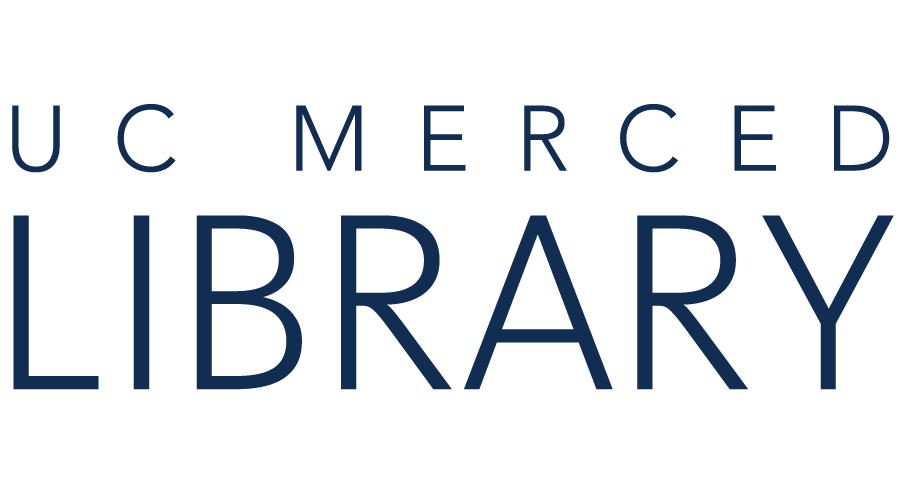
The following article is a peer-reviewed scholarly article that was published in the Bilingual Review, an academic journal that contains "original manuscripts, fiction, poetry, and review articles on all aspects of bilingual education published both in English and in Spanish."
Koss, M., Martinez, M.G., and Johnson, N.J. (2017). Where are the Latinxs? Diversity in Caldecott winner and honor books. Bilingual Review, 33(5), 50-62.
Not sure if an article is scholarly? Ulrichs has detailed information on more than 300,000 publications. Enter journal/magazine title in the search box and find your publication. Then, look for Academic/Scholarly in the Content Type field. If it shows, this indicates that the publication source is scholarly.
Profiles nearly a quarter of a million consumer and trade magazines, academic and scholarly publications, monographic series, newsletters, newspapers, electronic publications, 'zines, and many other types of serial publications on all subjects.

Copyright @ The Regents of the University of California. All rights reserved.
